Discover an artisanal northern paradise with traditional weaving heritage, textile arts, pristine beaches, and authentic Maldivian lifestyle in the remote Haa Dhaalu Atoll
Located in the Haa Dhaalu Atoll in the northern Maldives, Hirimaradhoo Island offers visitors a rare glimpse into authentic Maldivian island life in one of the country's most pristine and remote regions. This peaceful island maintains its natural beauty and cultural heritage while providing access to some of the Maldives' most untouched environments.
What makes Hirimaradhoo special is its rich tradition of weaving and textile arts. The island has long been known for its skilled artisans who preserve and practice traditional Maldivian weaving techniques, creating intricate textiles and mats that have been part of Maldivian culture for generations. This artisanal tradition has created a unique cultural identity that sets Hirimaradhoo apart from other islands in the archipelago.
Visitors to Hirimaradhoo are drawn by its textile traditions, pristine beaches, exceptional snorkeling opportunities, and chances to engage with local community life. The island's remote location in the northern Maldives means fewer tourists and a more authentic experience, while its natural environment offers diverse activities both on land and in the surrounding crystal-clear waters.
Hirimaradhoo Island is situated in the northern part of the Maldives in Haa Dhaalu Atoll, approximately 280 kilometers north of Male. This remote location in the northern atolls provides a more pristine and less-visited environment compared to islands closer to the capital.
Its position within Haa Dhaalu Atoll offers access to some of the Maldives' most spectacular diving and snorkeling sites, with healthy coral reefs and abundant marine life. The northern atolls are known for their exceptional biodiversity both above and below the water.
Hirimaradhoo Island stands out among Maldivian islands for its preserved traditional weaving techniques and textile arts, offering visitors a glimpse into the artisanal traditions that have been part of Maldivian culture for centuries.

Hirimaradhoo is renowned for its traditional weavers who preserve ancient techniques, creating intricate mats, baskets, and textiles using natural materials like palm leaves, coconut fibers, and local plant materials.
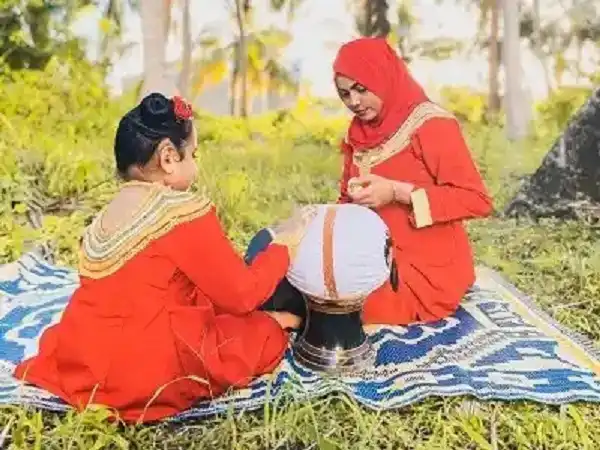
The island is known for its distinctive patterns and designs that have been passed down through generations, with each family often maintaining their own unique motifs and techniques that tell stories of island life.

Beyond its artisanal traditions, Hirimaradhoo boasts untouched white sand beaches with crystal-clear waters, offering the classic Maldivian beach experience without the crowds found on more developed islands.
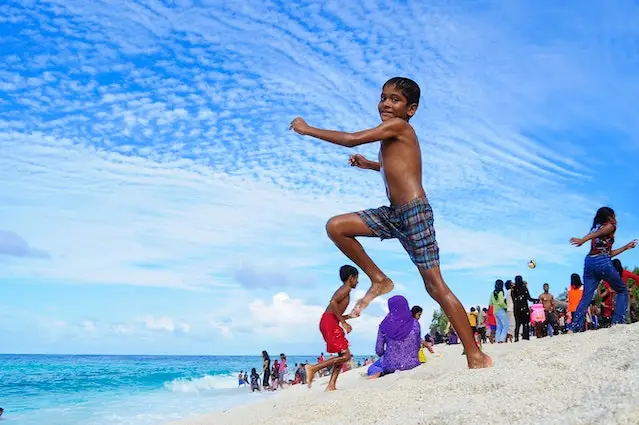
Hirimaradhoo is home to a close-knit community that has maintained traditional island values and artisanal practices, offering visitors authentic cultural interactions rarely found in more touristic areas.
Hirimaradhoo's artisanal heritage includes several distinctive elements:
These weaving traditions make Hirimaradhoo an ideal destination for travelers interested in experiencing a different aspect of Maldivian cultural heritage and understanding the artisanal practices that have supported island communities for centuries.
Hirimaradhoo artisans work with several important natural materials:
These materials and techniques form the foundation of Hirimaradhoo's artisanal tradition, creating a living repository of craft knowledge that connects present-day practices to centuries of Maldivian cultural heritage.
Hirimaradhoo offers a limited but authentic range of accommodation options that focus on genuine experiences and local hospitality. The island's guesthouses provide comfortable stays while maintaining strong connections to the local community and traditional lifestyle.

A small number of family-operated guesthouses offer clean, comfortable accommodations with personal service. These properties feature air-conditioned rooms with private bathrooms, home-cooked Maldivian meals, and direct access to local knowledge through host families.
Price Range: $45-75 per night
Features: Authentic hospitality, cultural insights, local excursion arrangements

For travelers seeking the most authentic experience, some weaving families offer homestay accommodations where guests can live alongside local families, learn about traditional textile arts, and gain deeper insights into artisanal island life.
Price Range: $40-65 per night
Features: Cultural immersion, weaving demonstrations, participation in daily island activities

A limited number of properties offer beachfront locations with direct access to the island's beautiful shores. These accommodations provide stunning ocean views and the soothing sounds of waves, creating a peaceful environment for those seeking proximity to the sea.
Price Range: $60-90 per night
Features: Beach access, ocean views, water sport facilities
Hirimaradhoo is blessed with pristine beaches and a spectacular marine environment. The island's remote location in the northern atolls ensures the surrounding reefs remain in excellent condition, offering fantastic snorkeling and marine encounters.
Hirimaradhoo features stunning white sand beaches that remain largely untouched by tourism development. The eastern beach is particularly impressive, with powdery sand and crystal-clear turquoise waters that create postcard-perfect vistas. The western side offers a more sheltered environment, with calm waters ideal for swimming.
The island has a designated "bikini beach" where tourists can wear Western-style swimwear. This beautiful stretch of sand provides a relaxing environment while respecting local cultural norms. The remaining beaches require modest dress as they are used by the local community.
Unique to Hirimaradhoo is the presence of areas where weavers sometimes gather to prepare materials near the shore, where certain plant materials are washed and dried. These areas provide fascinating insights into how the community has integrated their natural environment into their artisanal traditions, with some beach walks specifically focused on identifying plants used in weaving and textile arts.


The waters around Hirimaradhoo Island offer exceptional marine biodiversity:
Haa Dhaalu Atoll is known for its exceptional marine biodiversity and healthier coral systems compared to some southern atolls, making Hirimaradhoo an ideal base for underwater exploration.
Hirimaradhoo offers a unique blend of artisanal experiences and natural adventures. The island's weaving traditions provide visitors with opportunities to connect with a different aspect of Maldivian culture while enjoying its pristine natural environment.



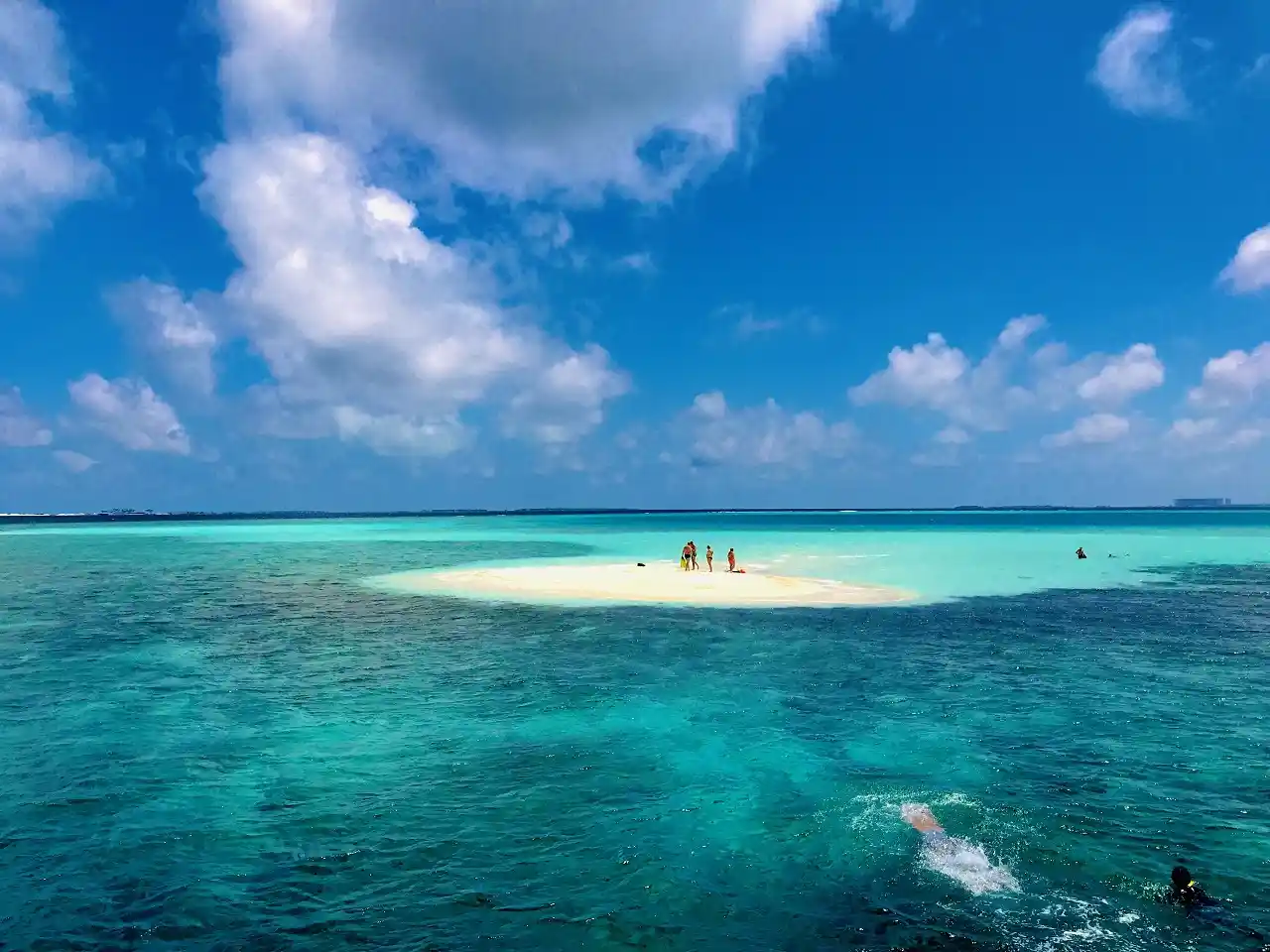

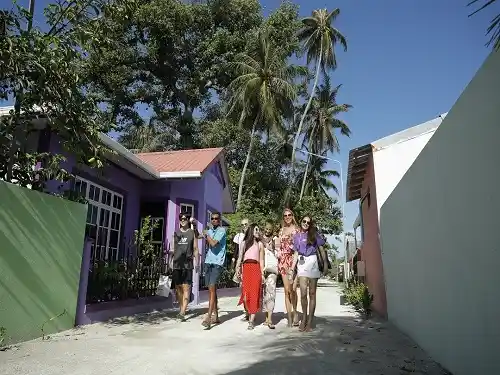

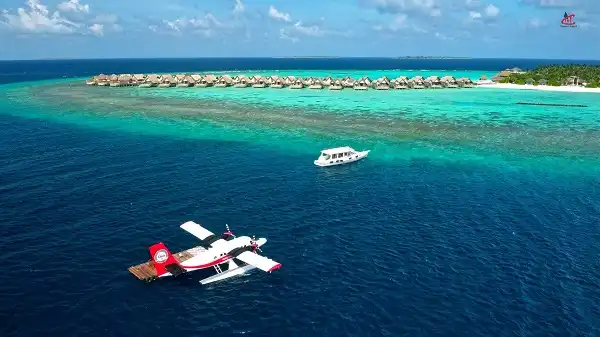



Hirimaradhoo is home to a close-knit community of approximately 550 residents who maintain strong traditional values and artisanal heritage. The island's population is known for its warm hospitality, weaving expertise, and preservation of authentic Maldivian culture.
Daily life on Hirimaradhoo revolves around the rhythm of weaving activities, fishing, prayer times, and community gatherings. Mornings often begin with artisans preparing materials or working on textile projects, while fishermen head out to sea in traditional dhonis. The island awakens with the call to prayer, followed by a day of work, family responsibilities, and community interactions. Traditional weaving and fishing form the economic backbone of the island, with many households involved in these traditional activities. This balanced lifestyle has created a sustainable approach to island living that continues to this day.
Hirimaradhoo preserves many traditional Maldivian customs and cultural practices. Religious observances play an important role in community life, with festivals like Eid celebrated enthusiastically. Cultural expressions such as Boduberu performances remain vibrant, while traditional practices including weaving techniques, pattern making, and fishing methods are still maintained by community members. The island's relative isolation in the northern atolls has helped preserve these traditions with less outside influence than islands closer to Male.
What makes Hirimaradhoo's community special is their deep connection to traditional weaving knowledge. The understanding of material preparation, pattern creation, weaving techniques, and finishing methods has been passed down through generations, creating a distinctive artisanal identity. Community members take pride in their weaving expertise and the island's reputation for quality textiles. This artisanal focus shapes many aspects of island life, from daily routines to celebrations, creating a community identity that is deeply intertwined with craft traditions while maintaining strong connections to the surrounding natural environment.
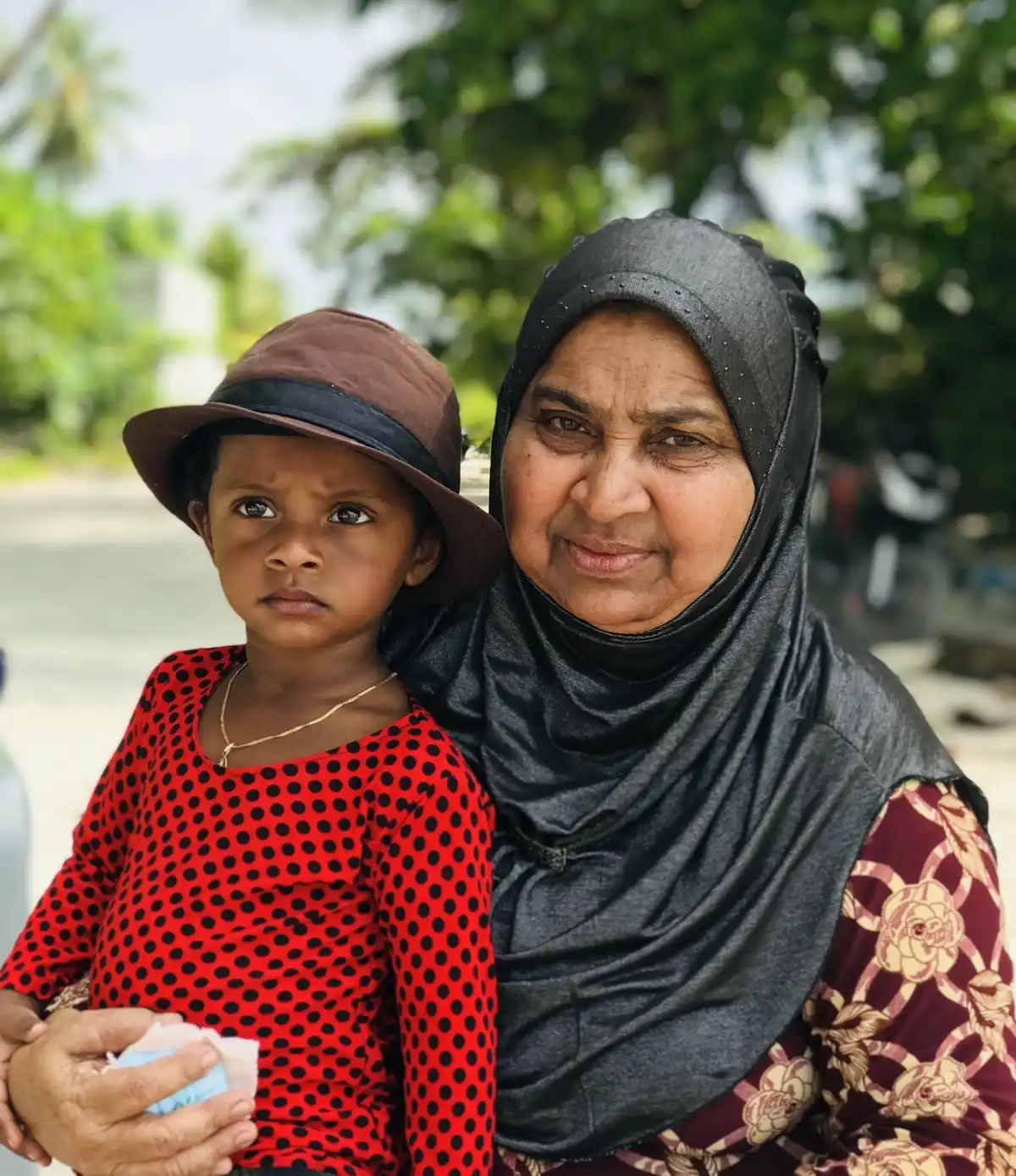

Discover the textile heritage, artisanal crafts, pristine beaches, and genuine island lifestyle of Hirimaradhoo. Book your stay today for an unforgettable cultural and natural experience in Haa Dhaalu Atoll.
Plan Your TripThe most convenient way to reach Hirimaradhoo is by domestic flight from Male to Hanimaadhoo Airport (50-60 minutes), followed by a 35-minute speedboat transfer. Due to the island's remote location in the northern atolls, direct public ferry services from Male are limited. Most guesthouses can arrange the complete transfer from Male, including the domestic flight and speedboat connection. When planning your journey, remember that weather conditions can occasionally affect flight schedules in this region, so it's advisable to allow buffer days in your travel plans. The journey to Hirimaradhoo is part of the adventure, offering beautiful aerial views of the Maldivian atolls during the flight and a chance to experience the stunning blue waters during the speedboat transfer.
Hirimaradhoo's weaving traditions stand out in the Maldives because the island has preserved comprehensive knowledge of traditional textile arts that combine various techniques while maintaining distinctly Maldivian characteristics. The island is particularly known for its "thundu kunaa" (fine mat weaving) that features intricate geometric patterns and designs that often tell stories or represent aspects of island life. Hirimaradhoo weavers maintain exceptional skill in creating these mats, which require months of meticulous work and precise technique. The island's artisans have preserved knowledge of natural dyes derived from plants, minerals, and sometimes marine sources, creating a palette of colors that are both beautiful and environmentally sustainable. What makes Hirimaradhoo special is the integration of practical function with artistic expression, as even everyday items are created with attention to aesthetic detail and cultural significance. The community maintains specialized techniques for preparing materials, including methods for harvesting, drying, and processing various plant fibers to achieve specific qualities in the finished textiles. Hirimaradhoo is also known for its pattern-making traditions, with some families maintaining unique designs that have been passed down for generations and serve as a form of cultural identity. These preserved traditions offer visitors insights into a sophisticated artistic tradition that connects to centuries of Maldivian cultural heritage while demonstrating remarkable adaptation to the materials available in the island environment.
The best time to visit Hirimaradhoo Island is during the northeast monsoon season (December to April), which brings dry, sunny weather with lower humidity and calmer seas. This period is ideal for water activities, with excellent visibility for snorkeling and diving. For those interested in experiencing the island's weaving traditions, this dry season is also excellent as many artisanal activities take place outdoors, and materials like palm leaves and plant fibers are harvested and processed during this period. The southwest monsoon (May to November) brings occasional rain showers but also lower prices and fewer tourists. This season can still be good for cultural experiences and indoor weaving demonstrations, though some outdoor activities may be affected by rain. Water temperature remains warm (27-30°C/80-86°F) throughout the year. Due to Hirimaradhoo's northern location, it may experience slightly different weather patterns than southern atolls, with the possibility of brief rain showers even during the dry season. The shoulder months of November and April often offer a good balance of favorable weather and lower visitor numbers.
Accommodation on Hirimaradhoo is limited and simple, reflecting the island's authentic character and minimal tourism development. The island offers a small number of family-run guesthouses that provide clean, comfortable rooms with basic amenities including air conditioning, private bathrooms with hot water, and Wi-Fi (though connectivity may be inconsistent). Most accommodations offer full-board packages that include three home-cooked Maldivian meals daily, featuring fresh seafood caught by local fishermen. Some weaving families also offer homestay experiences where guests stay in a room within a family home, providing deeper cultural immersion and the opportunity to observe traditional textile arts up close. A few properties are located near the beach, offering easy access to the island's beautiful shores. Luxury amenities are limited, and the focus is on authentic experiences rather than high-end facilities. What these accommodations lack in luxury, they make up for in personal service, cultural insights, and genuine hospitality. Visitors should adjust their expectations accordingly and embrace the opportunity to experience authentic island life rather than expecting resort-style amenities.
Yes, visitors to Hirimaradhoo have excellent opportunities to participate in weaving activities, which is one of the island's unique attractions. Most guesthouses can arrange for guests to join workshops where you can learn basic weaving techniques from skilled local artisans. These hands-on experiences allow you to create simple items like small mats, coasters, or decorative pieces while learning about the cultural significance of different patterns and designs. Material preparation demonstrations show how plants are harvested, processed, and prepared for weaving, from initial collection to the final stages before weaving begins. Pattern-making sessions provide insights into the geometric designs and motifs that characterize Maldivian textiles and their cultural meanings. For those with a deeper interest, extended workshops can sometimes be arranged where you can learn more advanced techniques or work on larger projects over several days. Some accommodations offer more immersive experiences where visitors can stay with weaving families, providing opportunities to observe and participate in the daily rhythm of this traditional craft. These activities provide not just entertainment but educational insights into an artisanal heritage that has shaped Maldivian material culture for centuries. The level of participation can be adjusted based on your interest and time available, from brief introductory sessions to more in-depth learning experiences.